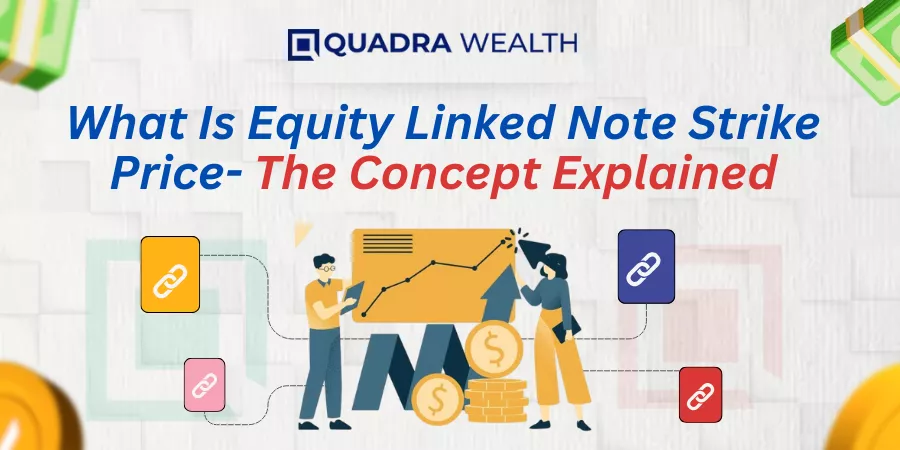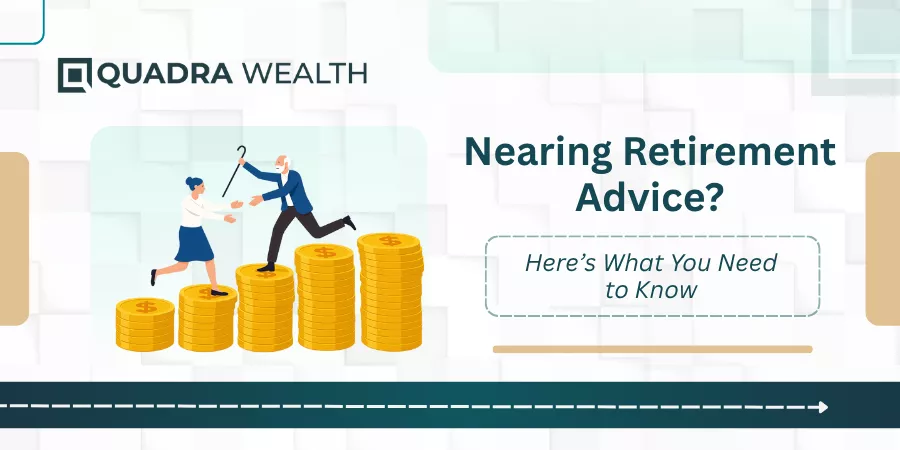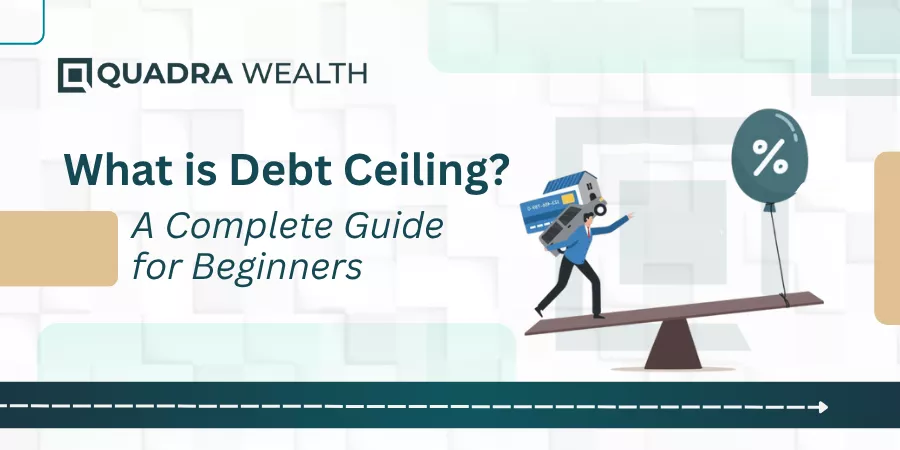Introduction
As a working professional, you may have different expectations of what you want to do with the money you have on hand. The money you own in your account does not garner as much interest as an investment plan would.
Therefore, it is always a better idea to invest your money in structured or customized plans that help you curate your wealth-generation objectives more realistically.
On this note, let us get you started with what equity-linked note strike price is all about.
What Are Equity Linked Notes- Meaning And Concept Explained
Equity-linked notes are structured notes wherein you use bonds that have underlying assets in the form of equity options like stocks, a basket of securities, or currencies, to name a few.
The fixed bond provides downside protection against the initial principal investment while the upside gains are linked to the returns you get from equity-based assets.
ELNs are notes that have capital protection and you also have them curated without the capital protection.
Dynamic investors prefer ELNs linked to the performance of equity assets on account of the adrenaline rush you get from rising or falling assets similar to how direct investments would work in an equity market.
Investors use ELNs to improve their cash holdings from stocks that either remain stable or perform in mildly bullish markets.
Equity-linked Note Strike Price- Insights Explained
In an ELN, the strike price is the initial price or the purchase point upon which certain derivative options are embedded. Certain conditions would be built surrounding the strike price of the ELN.
The changes in the equity index or stocks would be checked against the strike prices as set on the product.
Therefore, the strike price is a primary component that decides the overall value of the investment portfolio and also a contributing factor to gauging whether investors will receive the entire portion of their capital money upon redemption or not.
In a crux, the entire note’s payout structure depends on what happens to the underlying price value of assets against the strike prices of the same.
What Are The Different Types Of Equity Linked Note Strike Prices?
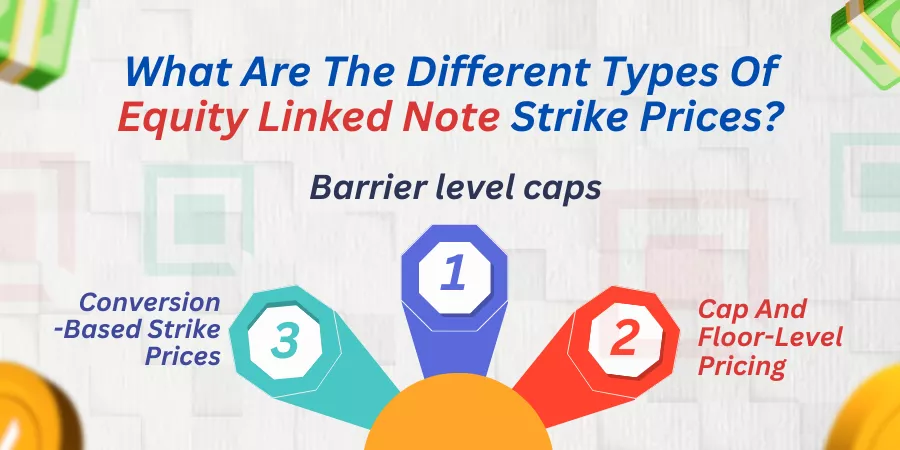
Different types of equity-linked note strike prices are as follows:
Barrier level caps
You may understand that barrier-level caps or barrier strike prices are the most common variant of strike prices you find for ELNs and other forms of structured products.
The barrier levels are attached to the initial price points of the underlying assets that the notes are linked with. The assets are monitored with respect to the barrier limits that have been set.
When the prices of the underlying assets cross the barriers or reach par values of barrier prices, then the notes either get auto-called by the product issuers. Else, the note may have a different payout structure.
Cap And Floor-Level Pricing
Some of the product-issuing firms set initial purchase points and final sale points for underlying assets of structured products. This is done to define the lower and upper limits of strike prices in a well-defined manner.
The cap-and-floor pricing method helps investors maintain an optimal risk and return profile with respect to the notes they have invested in. This way, you can expect fair-value prices during the maturity of the asset.
Conversion-Based Strike Prices
The conversion-based strike pricing method helps maintain the health of the investment portfolio prudently as the investors get underlying shares or stocks instead of currency.
By comparing strike prices with stock price closes or current market prices of underlying assets of the notes, the product issuers determine the rate at which the principal amount converts into equity shares.
Understanding The Key Features Of Equity-Linked Notes
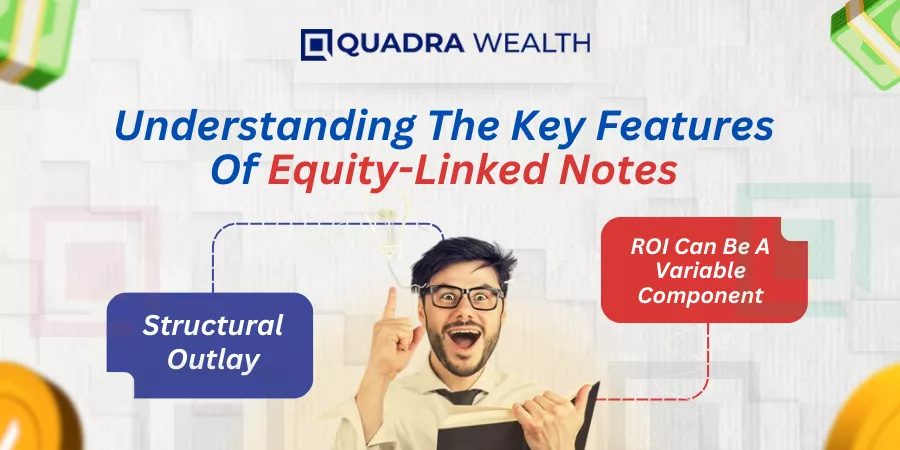
These are the key features that are connected with the issuance of equity-linked notes to investors. Let us have a look into what they are:
Structural Outlay
As far as an ELN is concerned, this is the structural outlay that is connected with the same.
The equity-linked note comprises two structures. The first portion of the note comprises a note or a bond that promises the investor that he can avail his principal amount at the time of redemption. This is under favorable market conditions.
Of course, the terms and conditions state that in worst scenarios wherein the performance of underlying assets falls sharply during the tenor the note, the investor may have to lose a part of his initial investment and forgo returns on the investment. Or, the currency part of the investment gets converted into equity.
The other part of the note is linked to underlying stock or equity. The equity components comprise independent stocks, a basket of securities, or currencies to name a few. The upscale potential to receive higher returns from ELNs depends on the performance of the underlying assets that the notes are linked to.
The Returns On Investment Can Be A Variable Component
Investors must understand that ELNs are bonds that are linked to underlying assets in the form of equity. Therefore, the potential returns on capital investment are not a fixed or a pre-determined one.
The upscale returns on the investment primarily depend on how the underlying assets or equity shares perform during the tenure of the asset.
Therefore, the returns can be in the form of principal money into currency or equity shares. The equity market benchmark, valuation dates, maturity of the note, interest rate fluctuations, and several other factors determine the net value of the principal plus returns upon redemption of the notes.
The stock to the investor may get exposed to the credit risk of the issuer. Therefore, you must gauge the risk profile status of the credit-issuing company to see how liquid or illiquid your investment portfolio is.
In a nutshell, investors must go through the specific terms and conditions of the note before signing in on the dotted lines.
The Bottom Line
Equity-linked notes are subject to credit, market, and liquidity risks like any other form of investment.
The ELNs are financial instruments that comprise debt and equity. The bond component lends downside protection to investors. While the potential returns on the investment are not fixed as the prices of equity assets keep changing due to volatile market conditions.
The ELN issuer therefore decides strike levels or spot price values at the initial stage of investment curation. Although the principal deposit amount is safeguarded, changing interest rates or volatility in the prevailing market can have a bearing on elns or other structured investment products.
However, if the performing assets show very good performance in the market, you get better yields over bonds or fixed-income securities.

